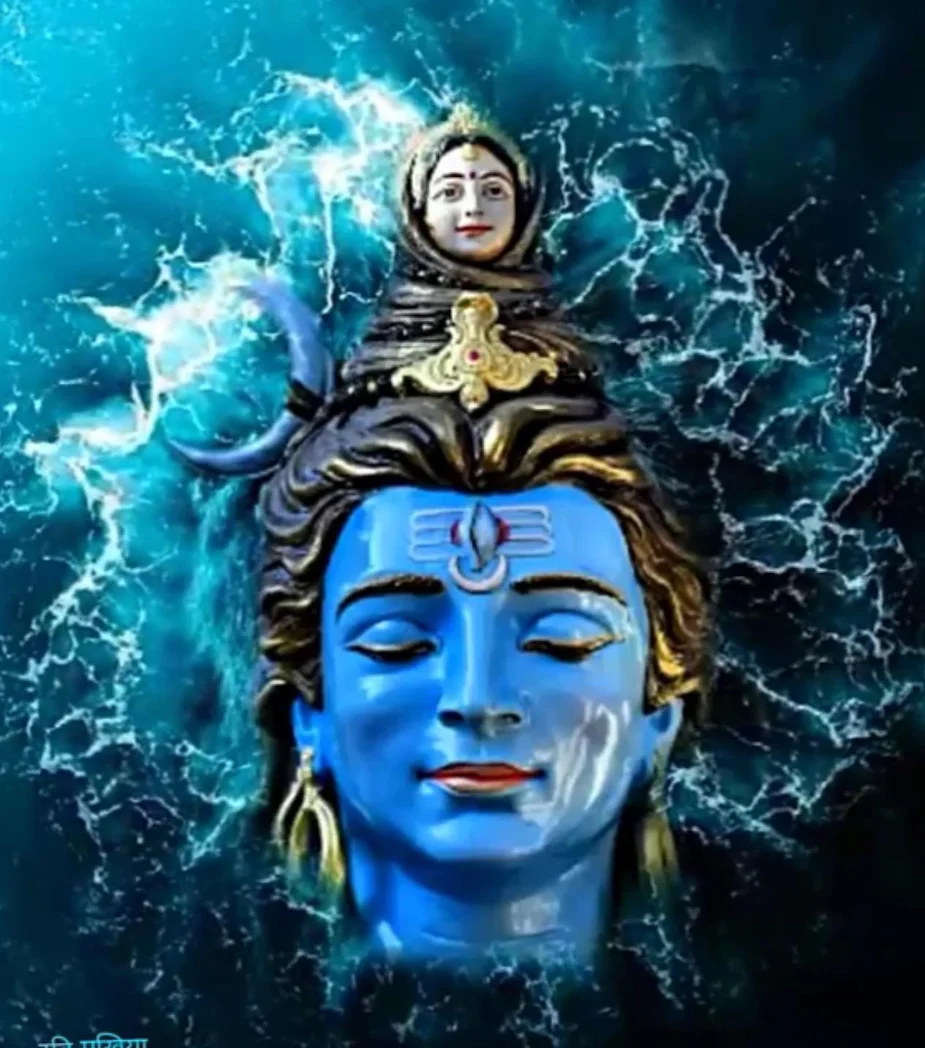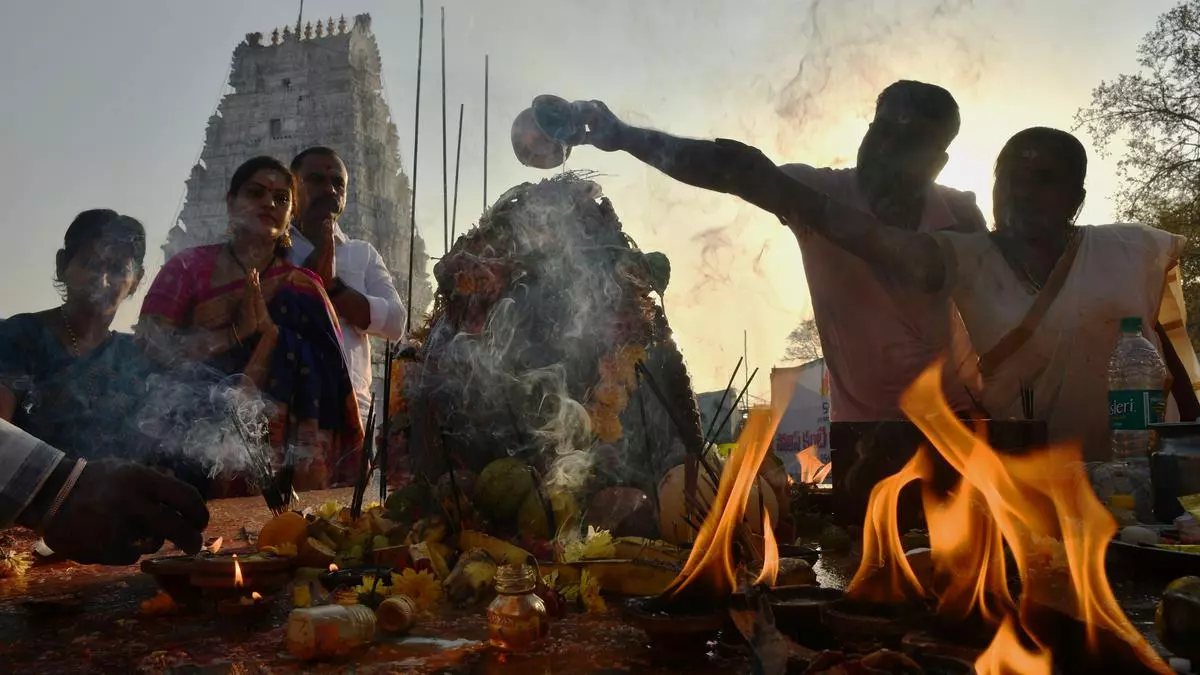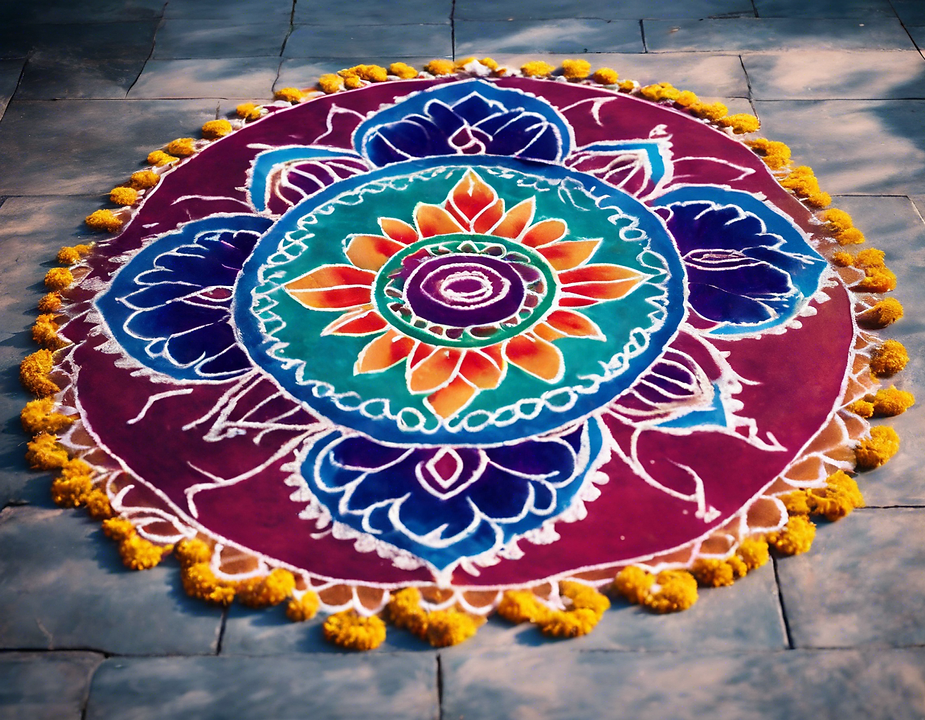According to the Shiva Purana, King Bhagiratha performed a thousand years of penance to please Lord Brahma, seeking to bring the sacred River Ganga from heaven to Earth. His goal was to free his 60,000 ancestors from the curse of Sage Kapila and ensure they could attain heaven, which required the Vedic rituals performed with Ganga’s waters.
The curse stemmed from an incident involving Bhagiratha’s great-grandfather, King Sagara, who conducted an Ashwamedha yajna to assert his dominance. Fearing the yajna’s success, Lord Indra stole the sacrificial horse and left it at Sage Kapila’s ashram. Mistakenly believing Kapila had stolen the horse, Sagara’s 60,000 sons confronted the meditating sage. Upon being disturbed, Kapila’s fiery gaze reduced them to ashes, and he cursed their souls to roam the Earth without peace.
After Bhagiratha’s penance, Lord Brahma advised him to seek Lord Shiva’s help to withstand Ganga’s immense power. Pleased with Bhagiratha’s devotion, Shiva caught Ganga in his matted hair, releasing her in seven streams to bless humanity with her sacred waters, earning the name Gangadhara. The Ganga River, also called Bhagirathi, descended to Earth to meet the nation’s water needs and became the most sacred river.
Bathing in Ganga is believed to cleanse sins and purify individuals. Pilgrims immerse the ashes of their deceased loved ones in the river, hoping to grant them moksha. Ganga uniquely flows through the three worlds: heaven, Earth, and the netherworld (Patala).




jai shree ram